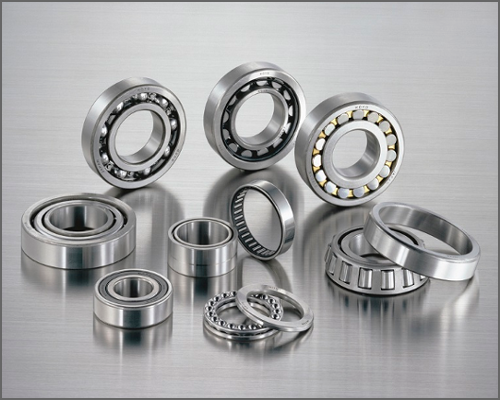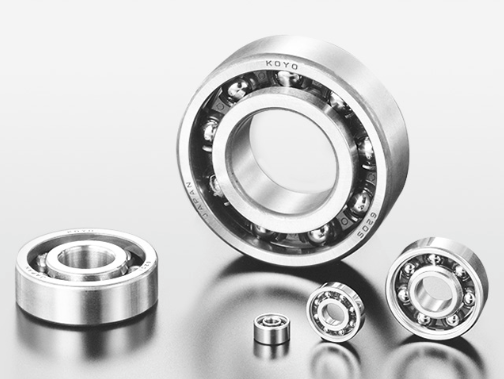Bearing Trivia
Bearings Made Using Advanced Materials and Lubricants: Bearings all around you
- #1 What Are Bearings?
As we have explained in all the columns up to now, bearings are used in a wide variety of machines, supporting the rotation of the shaft and helping it rotate more smoothly.
In recent years science has been advancing so that the functionality of machines has been improving dramatically, and more and more new machines are being created. These machines do not use the kind of conventional bearings that have been used up to this point, but rather use special "bearings Made Using Advanced Materials and Lubricants".
In this part, we will introduce "bearings Made Using Advanced Materials and Lubricants" , which support our daily lives, under the three headings of "comfortable lifestyle," "healthy lifestyle," and "rich and enjoyable lifestyle."

1. What arebearings Made Using Advanced Materials and Lubricants?
What kind of devices are we talking about when we say "bearings Made Using Advanced Materials and Lubricants"?
The components used in most bearings are made of metal, and for the lubricant either lubricating oil or grease is used.
But these general bearings, when used in environments such as those where:
- electricity is generated;
- magnetic force is generated; or
- they can be easily corroded by substances like acids and alkalis,
quickly break down, or become such that they cannot rotate smoothly.
JTEKT offers the EXSEV (Extreme Special Environment) Series of special-environment bearings that were designed with advanced materials and lubricants, so that they can be used even in environments such as those listed above. For more details, please take a look at the EXSEV Series page!
* EXSEV is a registered trademark of JTEKT.
Product information: Special Environment Bearings
Allow us to introduce some archetypal bearings Made Using Advanced Materials and Lubricants.
2. Bearings for air conditioning that support our comfortable lifestyle
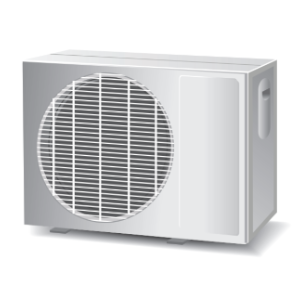 Fig. 1: An air conditioner's outdoor unit
Fig. 1: An air conditioner's outdoor unit
The outdoor unit of an air conditioner is fitted with a fan to pump air outside the room, and this fan is supported by bearings.
Recent years have seen an increase in the number of (inverter) motors that control motor rotation speed freely. In such motors, voltage from high-frequency current is generated during operation, due to the specific characteristics of the motors.
The voltage builds up and, once it exceeds a certain amount, an electric current is passed through the inside of the bearing and the bearing can be damaged. This phenomenon is known as "electric pitting"
For more information on electric pitting, please check out the following page.
Bearing failures, causes and countermeasures
For this reason, we use bearings with balls (rolling elements) made of ceramic materials, which have a high insulation (electric current doesn't pass through it well).
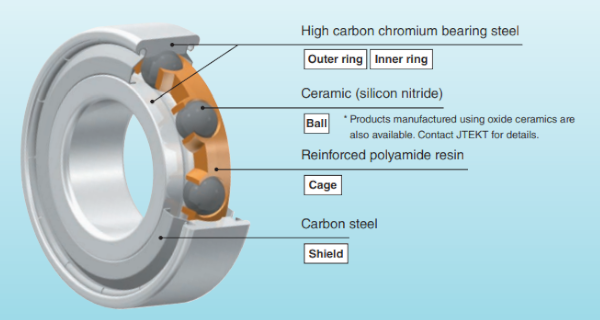
Fig. 2: A bearing for use in the outdoor unit fan of an air conditioner
Special Environment Bearings: Hybrid Ceramic Bearings
Additionally, ceramic bearings are used in the motors for very important equipment and machinery used in hospitals and infrastructural facilities, and have contributed dramatically to preventing damage to equipment.
JTEKT was the first manufacturer in the world to achieve practical ceramic bearings. Ceramic bearings have excellent insulation, and are used in a lot of important equipment to allow it to operate stably.
3. Bearings for medical equipment that support our healthy lifestyle
 Fig. 3: MRI (magnetic resonance imaging)
Fig. 3: MRI (magnetic resonance imaging)
 Fig. 4: MRI motors
Fig. 4: MRI motors
With more and more aging populations, healthcare has become a major concern, and medical devices have been increasing in number all around the world.
MRI (magnetic resonance imaging) uses a strong magnetic force to photograph internal organs, blood vessels, and so on, and examine the inside of the body.
If we use a normal bearing under the strong magnetism of an MRI scanner, the magnetic field will be disturbed, and accurate inspection will not be possible. The bearing will also not be able to rotate smoothly.
Because of this, we can use bearings that are not noticeably affected by strong magnetism for MRI systems.
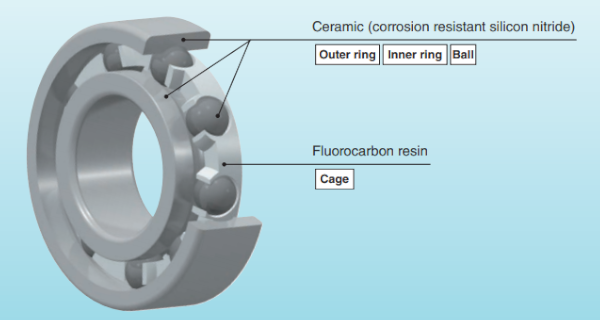 Fig. 5: A ceramic bearing for use in an MRI motor
Fig. 5: A ceramic bearing for use in an MRI motor
By using ceramic materials--which are resistant to the effects of magnetism--for the balls (rolling elements) and rings, and using resin with excellent lubricating quality for the cages, these bearings contribute to the accuracy of medical examinations.
Special Environment Bearings: Ceramic Bearings
Product information / Field / Magnetic Field Environments
4. Bearings for skateboarding that support our rich and enjoyable lifestyle
 Pro-skater Akira Tanaka
Pro-skater Akira Tanaka
Skateboarding will be recognized as an Olympic sport for the first time ever at the 2020 Tokyo Olympic Games.
Olympic skateboarders use skateboards incorporating bearings that were newly developed to meet the needs of the skateboarders.
A skateboard has four wheels with two bearings in each, for a total of eight bearings.
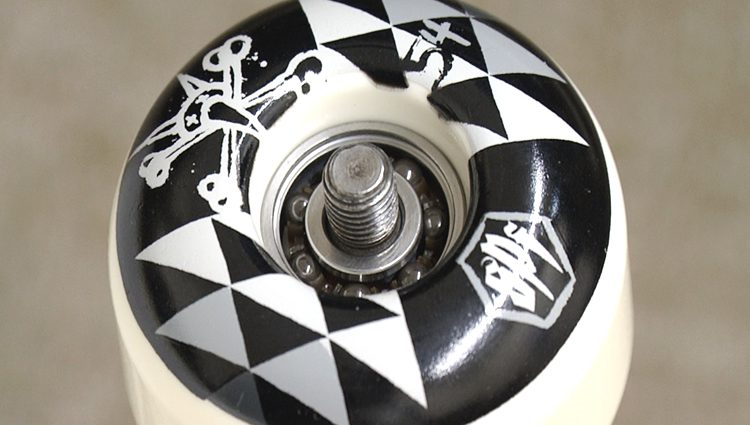 Fig. 6: A skateboard wheel
Fig. 6: A skateboard wheel
Skateboards that incorporate bearings with ceramic balls, and rings and cages designed with special surface treatment, allow for easier and smoother turns, and better feeling of comfort for the skater. Furthermore, these skateboards do not lose speed until the "finish line," allowing for more complex and difficult tricks to be pulled off. For this reason, these bearings lead to the success of the extremely difficult trick known as the "backside heelflip Indy."
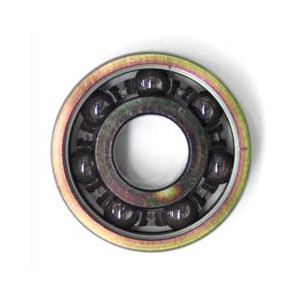 Fig. 7: A bearing for use in an inline skateboard, with ceramic balls
Fig. 7: A bearing for use in an inline skateboard, with ceramic balls
Conclusion
Among the machines we encounter in our daily lives, too, sometimes conventional bearings simply cannot work to their full potential.
This is because our daily lives are supported by a large number of highly sophisticated machines.
For this reason, newer and better upgrades for bearings are constantly being developed.
In order to continue to support our daily lives, bearings are always evolving.

